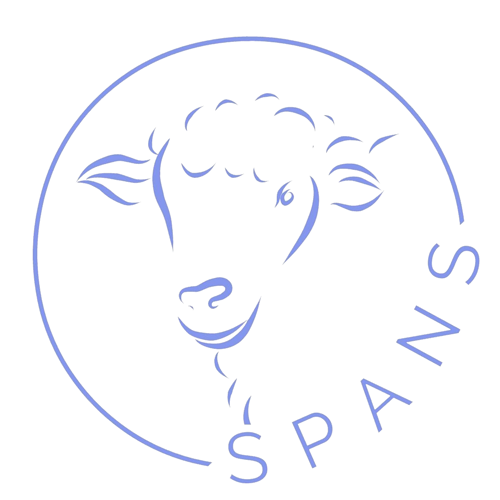A Survey of Farm Practices for Controlling Parasites in Sheep and Goats [PDF]
Last year, our study on the barber pole worm, Haemonchus contortus, showed that it is widespread and causing increasing problems for sheep and goat producers, and that resistance to one or even both available classes of wormers was present on the small sample of farms that we tested. This year we hope to continue this study and test for anthelmintic resistance on more farms, as well as identifying management options that producers are using, or could use, to help combat this serious problem.
Wormer efficacy:
We are looking for farms that pasture sheep or goats through the summer (particularly July and August). We are seeking fecal samples from young animals in their first grazing season – nursing or weaned lambs, or last year’s lambs if they did not graze in the previous season.
To test for resistance, we need:
• Fresh fecal samples from a randomly selected group of 10-15 animals at the time of treatment (to test one wormer; a second group of 10-15 is needed if you want to test two wormers at the same time), and fresh fecal samples from another group of 10-15 that are untreated (as controls).
• A second collection from the same animals 2 weeks later.
• These samples can be picked up from the ground if they are very fresh (observed droppings), but each animal’s samples must be kept separate, not pooled.
We can assist with sample collection if necessary. Samples can be stored refrigerated, but not frozen, and transported to us at Saint Mary’s University, or dropped off at the Atlantic Stockyards (with Cathy Vallis) or the Ruminant Centre at DalAC. We can make arrangements for pickup if necessary.
We will do our best to process all samples as rapidly as possible so that you know how effectively your wormer is working, however, if we receive many samples at the peak of infection levels, there may be a backlog. If it seems to be necessary to treat the control animals, or retreat test animals, do not compromise their health by waiting. This parasite can cause problems very rapidly in warm weather. We expect that fecal egg counts will start to increase in early July for many flocks/herds. We are monitoring several lamb flocks, and can notify you when we see counts rising. However, frequent monitoring for anemia is essential to guard against barber pole problems, so we will try to accommodate your normal farm practices for handling and checking you animals and worming them.
Management options:
Several management options have been suggested that can help with parasite control or slow the development of anthelmintic resistance. We are looking to test some of these options that producers may already be using, or may be interested in.
These options include:
• Weaning lambs onto fresh pasture, stockpiled grazing or aftermath
• Alternating grazing, or co-grazing, with cattle
• Supplementing lambs with soymeal or other bypass protein, from about August on
• Targeted selective treatment with FAMACHA
• Grazing clover or birdsfoot trefoil
We would monitor fecal egg counts, and also weights, FAMACHA scores or other criteria if available, through the grazing season; this would depend on management practices on each farm, but could be monthly, for example. If you are interested in any of these, we can establish an appropriate design and sampling arrangement.
We hope the information we are collecting will be valuable for producers who need to find sustainable ways to control this parasite.
Gwyneth Jones, Parasitologist: Saint Mary’s University, Dept. of Biology
Jonathan Wort, Ruminant Specialist: Perennia
gjones@smu.ca
jwort@perennia.ca
